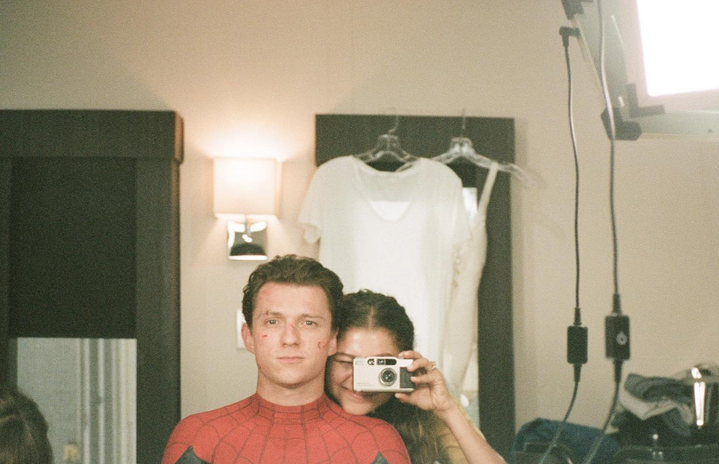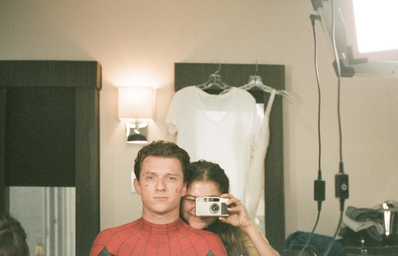In 2024, most people have heard or read about attachment styles. These include anxious attachment, dismissive avoidant attachment, fearful avoidant attachment, and secure attachment. Take a quiz here to find out what you are!
If it wasn’t obvious by the names, secure attachment is ideal and the healthiest for long-lasting relationships. I can only imagine that becoming securely attached wasn’t easy for Tom Holland when the beautiful and extremely talented, Zendaya, stars in movies alongside Timothée Chalamet in Dune: Part 2 and Mike Faist in Challengers. However, Tomdaya’s relationship is still secure and rock-solid. Let’s see how we can build a relationship like that.
Am I anxiously attached?
If you feel like you’re about to belt into Steve Lacy’s “Dark Red” and scream your lungs out singing, “Don’t you give me up, please don’t give up” then you might 1) enjoy good music 2) be my roommate (sorry) or 3) have reason to be concerned about having anxious attachment style. Let’s find out your diagnosis!
1. Overthinking: If you overthink and consistently analyze everything someone says or does, this is a major sign! Steve Lacy said it best: “I think of her so much, it drives me crazy.”
2. Jealousy: If you have a consistent fear that you will be left for someone else who is “better” than you, then this is another sign! However, Timothée and Tom Holland are on a pretty even playing field!
3. Dependent for happiness: If you rely on someone to consistently validate you and make you happy, then this is a reason for concern. This can lead to feeling lost without them.
4. Over-the-top people-pleasing: This is a major RED FLAG if you cannot set strict boundaries and always feel the strong need to adapt to the needs of someone else instead of your own. This ultimately sacrifices your well-being to make someone else happy in your relationship.
5. Mistrusting: Anxiously attached people may not trust what someone says or does in their relationship. Was I even telling the truth by sharing these five symptoms of anxious attachment?
Recognize why you’re anxious
People with anxious attachment styles usually have reasons that are rooted in their childhood or early relationships. Or maybe you’re in a relationship with an actor/actress who stars in movies with fellow ultra-talented A-listers? Here are three common reasons (just in case your answer was no).
1. Childhood experiences: If a parent/guardian did not give full attention to your needs as a child, then this could shape your thinking.
2. Trauma: Experiencing a sudden loss or abandonment can sometimes lead to fear of losing someone you love again.
3. Environmental factors: Cultural influences and environmental stressors (*cough* starring in Dune: Part 2 with Timothée Chalament *cough*) also impact stress levels that lead to anxious attachment styles.
Becoming Securely Attached
1. Focus on becoming independent: Spend time on your own while doing things that you enjoy. Prioritizing yourself is critical to have balanced and healthy relationships.
2. Communication: Express your needs and fears openly and honestly. This will strengthen relationships and create more trust if one of you gets cast for Dune: Part 3!
3. Create more trust: Give your partner the benefit of the doubt, and in moments of doubt, reassure yourself by remembering past times that they demonstrated reliability and loyalty. Just look at what Zendaya said!
4. Set boundaries: Create and do not exceed your limits! Make sure that your needs are being met and that you are not overcompensating so there is an equilibrium within the relationship.
5. Therapy: Last, but not least, therapy allows you to understand your unique root causes for your attachment beyond the reasons listed. You can also learn specific coping strategies for your mindset!
breaking news: you can become the next tomdaya!
It can be challenging to go from an anxious attachment style to a secure one. But I believe that it is possible with the above tips. Trust me, you will eventually be as secure as Tomdaya.


